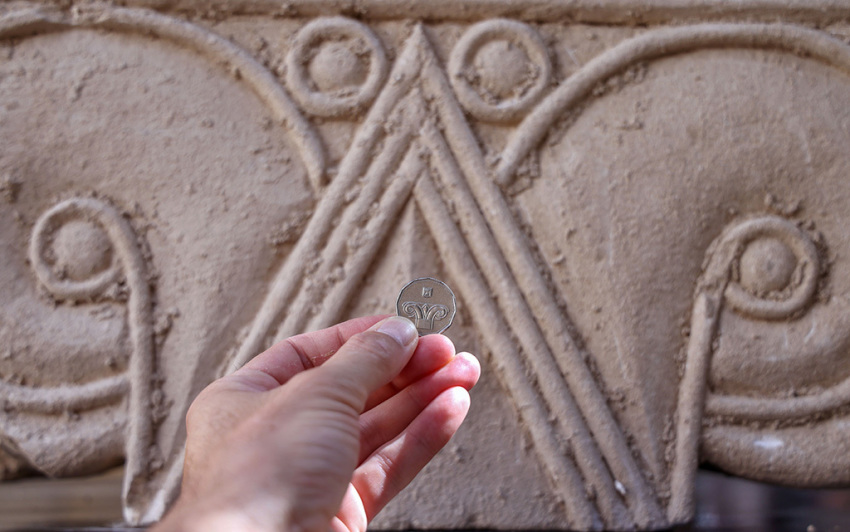Archaeological discovery: Stone artifacts from pre-Babylonian conquest of Jerusalem unearthed in Israel

The discovery of carved stone structures and relics is evidence of a magnificent palace from the biblical Jewish Kingdom in Jerusalem, Israeli, according to archaeologists.
The artifacts, which were neatly buried, were unearthed approximately 2 miles south of Jerusalem's Old City and are believed to be from a palace that was constructed in the eighth century or seventh century BC, the BBC reported.
The ancient remains were found in the East Talpiot neighborhood, which is also called Armon Hanatziv. Three ornate stone capitals — carvings which sit atop the columns — in addition to items from lavish window frames were among the artifacts discovered.
"The column capitals, identified with royal construction of the First Temple period [10th century to the sixth century BC], are the most beautiful and impressive that have been uncovered to date," the Israel Antiquities Authority said in a statement.
That the carved stone capitals were buried in such neat fashion, two of the three of them positioned "one on top of the other" took the IAA by surprise.
"At this point it is still difficult to say who hid the capitals in the way they were discovered, and why he did so," Yaakov Billig, a professor and the director of the excavation said, adding that "there is no doubt that this is one of the mysteries at this unique site, to which we will try to offer a solution."
Billing believes the building was likely destroyed in 586 B.C. when ancient Babylon laid siege to the Holy City.
Whoever lived in the building would have a "breathtaking" view of both the Jewish Temple on the Temple Mount and an area now referred to as the City of David, which is situated near the Old City of Jerusalem.
The IAA further posited that whoever lived in the structure might have been one of the kings of Judah or the wealthy family of a nobleman. The elaborate carvings were a known symbol of their time period in both of the Kingdoms Israel and Judah, and appear today as one of the motifs on the five shekel coin in contemporary Israel's currency.
Late last year, archaeologists in Israel discovered a stone tablet that somewhat resembles a description in the Old Testament that played a role in the story of the Ark of the Covenant. The tablet was found at the excavation site of a 3,100-year-old temple that was uncovered near Jerusalem in the ancient settlement of Beth Shemesh.



























